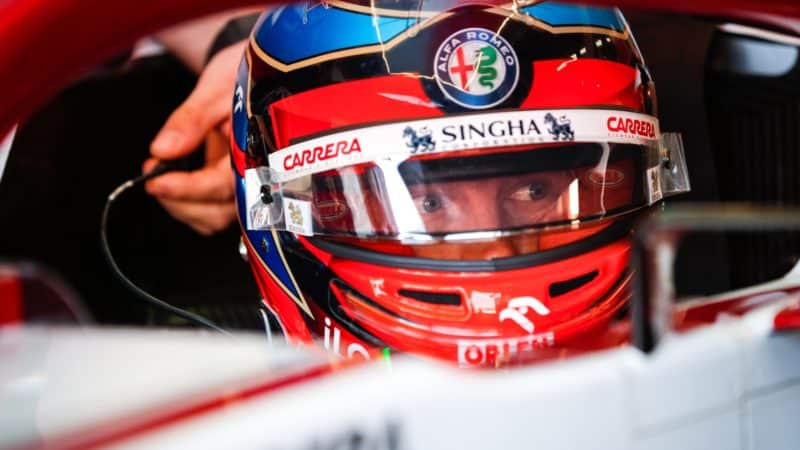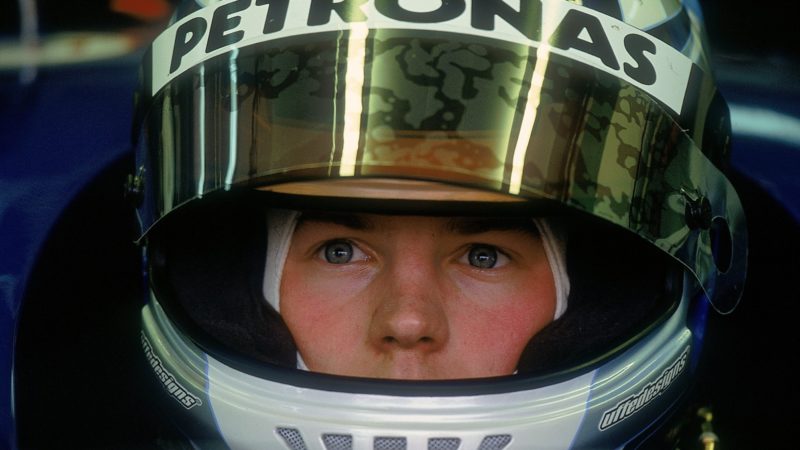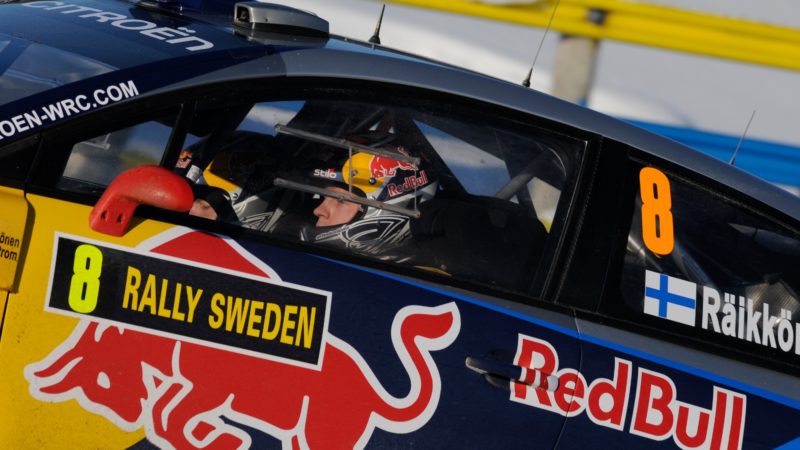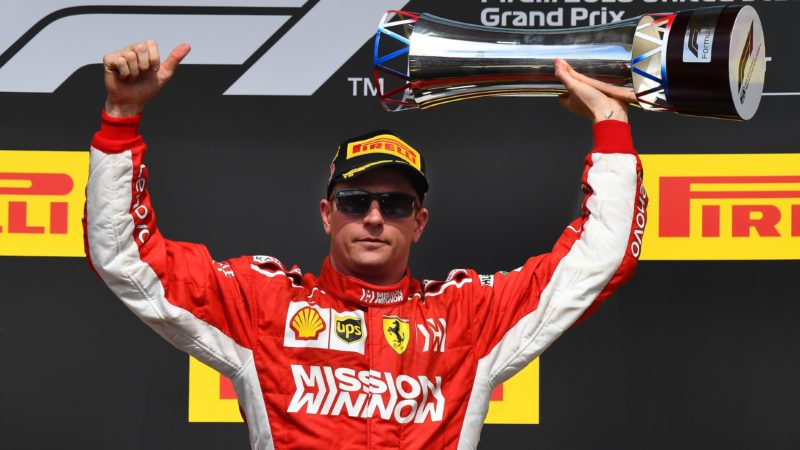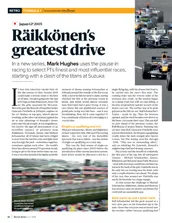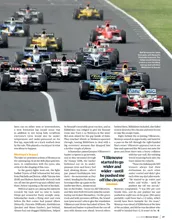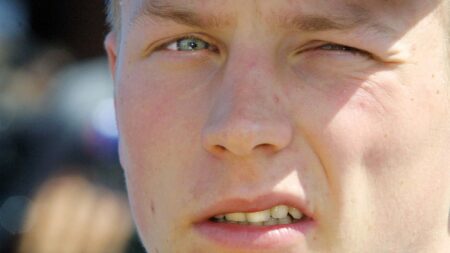Kimi may leave some interviewers frustrated but if he has made a commitment, he sticks to it. One journalist on Rally Finland thought he wasn’t going to get a Kimi interview scheduled for the afternoon, due to a re-arranged technical debrief. But at around seven in the evening, when the whole thing was long forgotten, Kimi suddenly mentioned that he hadn’t seen the journalist in question. “Where is he?” asked the Dictaphone-shy Iceman. “I can do it now.” And he did too, very eloquently. One of the other ways in which he was quite different in rallying to how he was in Formula 1.
And Kimi is properly funny. “What’s the best thing about Red Bull?” he was asked at a press conference. “You can put vodka in it,” came the deadpan reply.
There were many other anecdotes too; sadly, it’s best we don’t repeat them here. But the cackling laugh – which he spends a lot of time doing – is not what made him famous. Instead, it’s that transcendental sixth sense.
“He’s always had this great natural feel that lets him push hard and still get the most out of the tyres,” said Steve Robertson, his manager from the very beginning. “The number of fastest laps he’s set speaks for itself. It’s a God-given talent.”
The only drivers with more fastest laps than him are Michael Schumacher and Lewis Hamilton. Kimi hasn’t ruled out a return to rallying or indeed anything (he’s been offered a test in the all-conquering Toyota Yaris WRC) but it’s going to have to be on his terms.
“No plans for now, but I don’t want to have a schedule,” he says. “Last time I did rallying and there was always a schedule and I don’t want that. I’m not in a rush.”
And that’s probably a first for a man whose alter ego is ‘James Hunt’.
Kimi Raikkonen’s record-breaking career
● Kimi is Finland’s most successful Formula 1 driver ever, with 1865 career points, 21 wins and 103 podiums.
● In the 2005 and 2008 Formula 1 seasons, Kimi equalled Michael Schumacher’s record of 10 fastest race laps in a season, set in 2004.
● Kimi currently holds the third-highest record for the total number of fastest Formula 1 laps at 46.
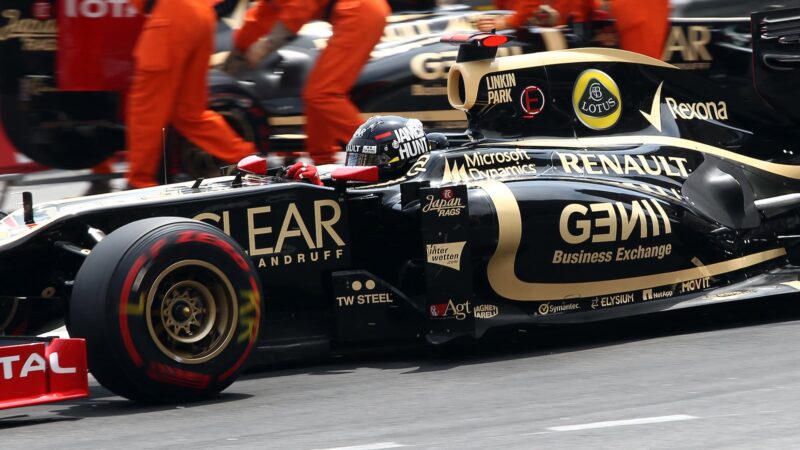
Räikkönen ran a James Hunt tribute helmet at Monaco in 2012
Grand Prix Photo
● In 2008 Kimi scored six consecutive fastest race laps (in Spain, Turkey, Monaco, Canada, France and Britain) equalling Alberto Ascari’s record for the most consecutive fastest race laps in a single season.
● Kimi was the first driver to win on his Ferrari debut since Nigel Mansell at the 1989 Brazilian Grand Prix and the first to win, set fastest lap and claim pole position on his Ferrari debut since Juan Manuel Fangio at the 1956 Argentine Grand Prix.
● At the 2007 Chinese Grand Prix, Kimi gave Ferrari its 200th Grand Prix win. At the 2008 French Grand Prix, he gave the team its 200th pole position.●
● Kimi’s first drive in a World Rally Car came in January 2010 at a private gravel test track near Citroen’s headquarters on the outskirts of Paris. He has competed on 21 rounds of the World Rally Championship in total, scoring 59 points.
